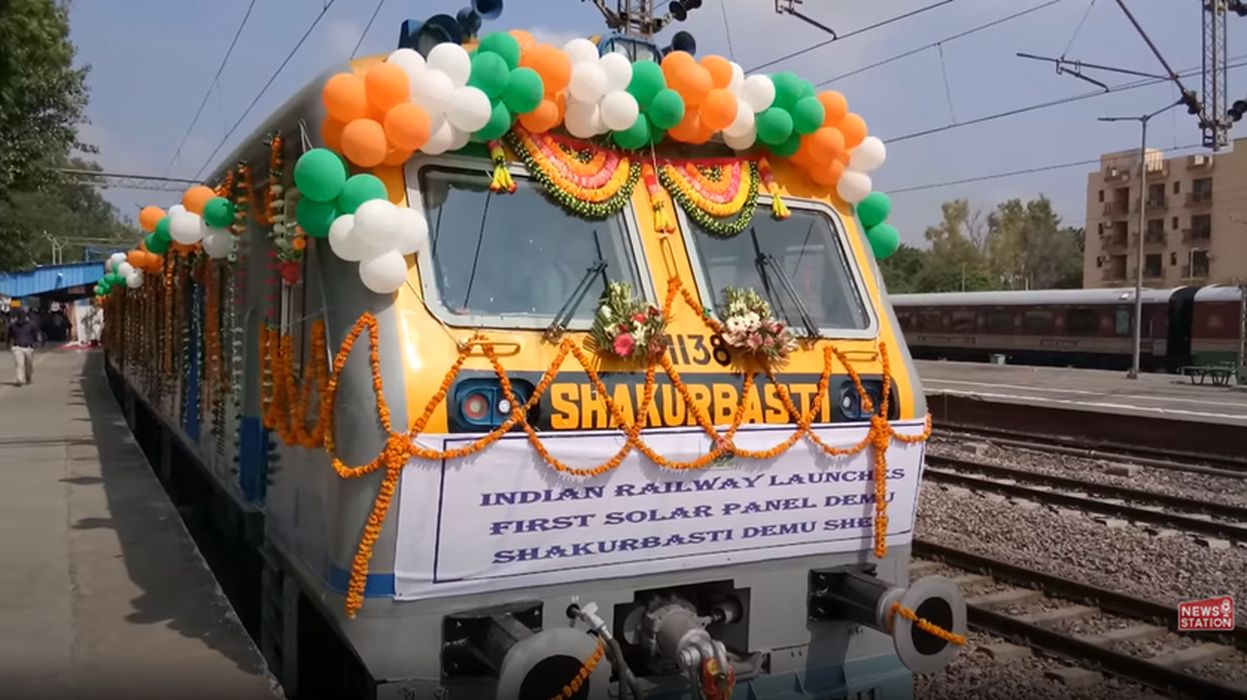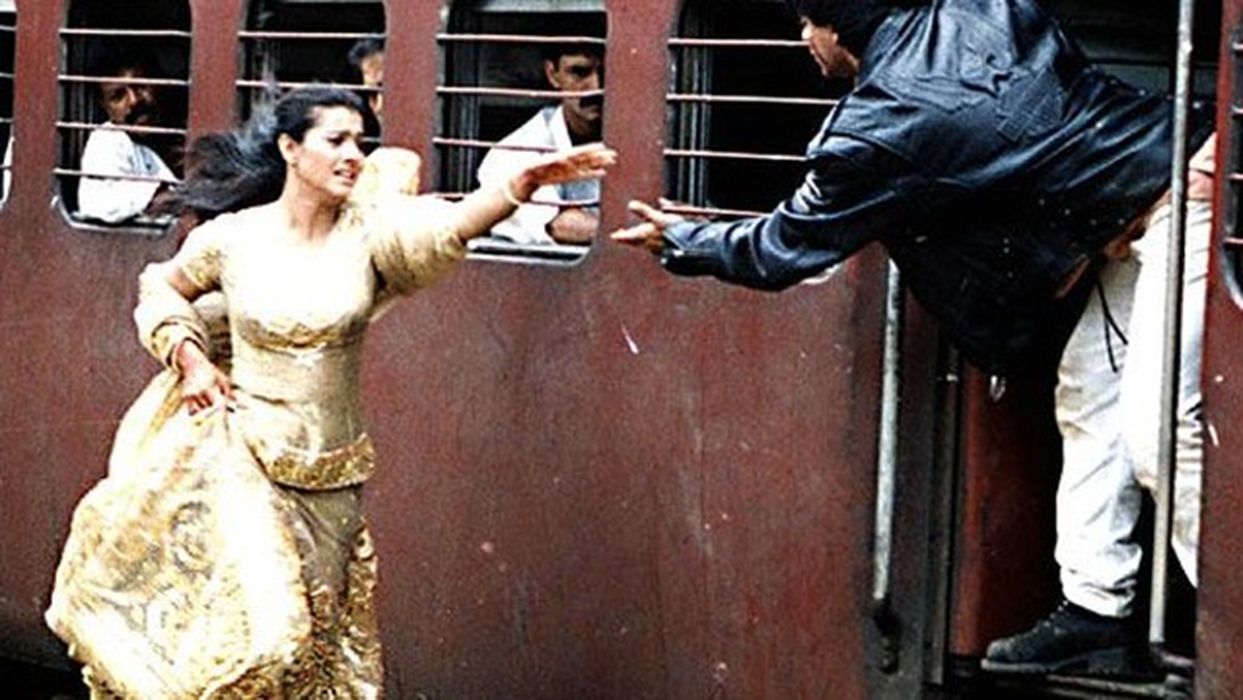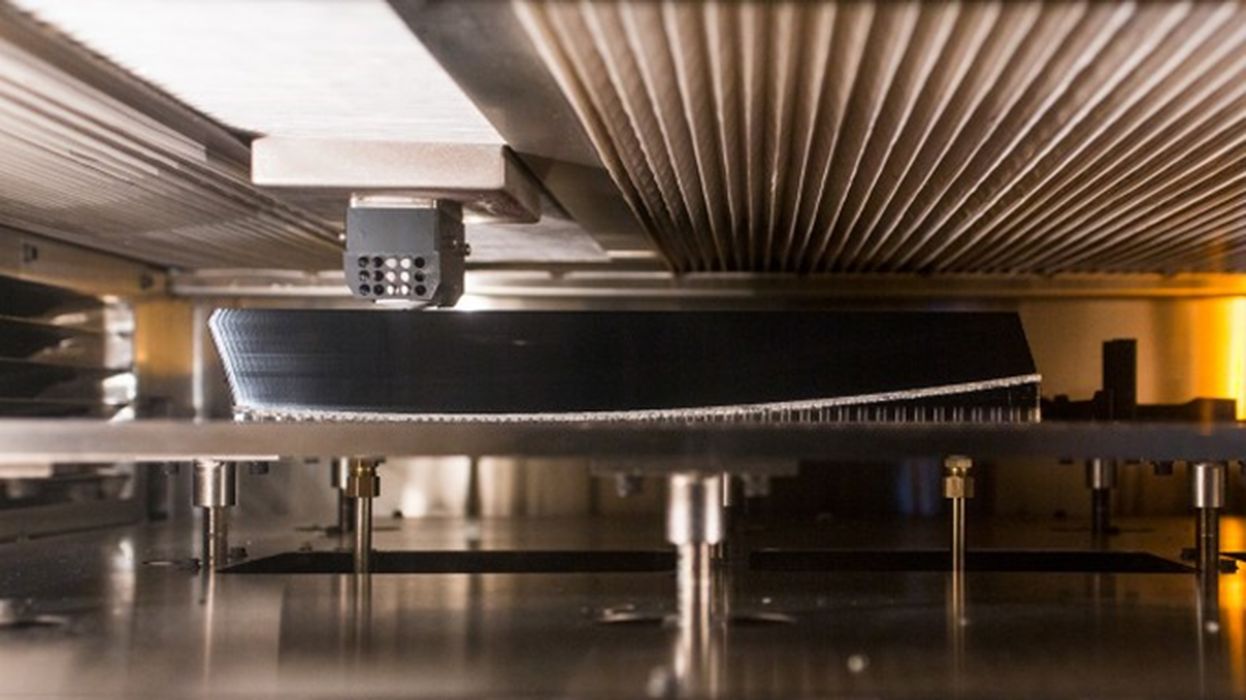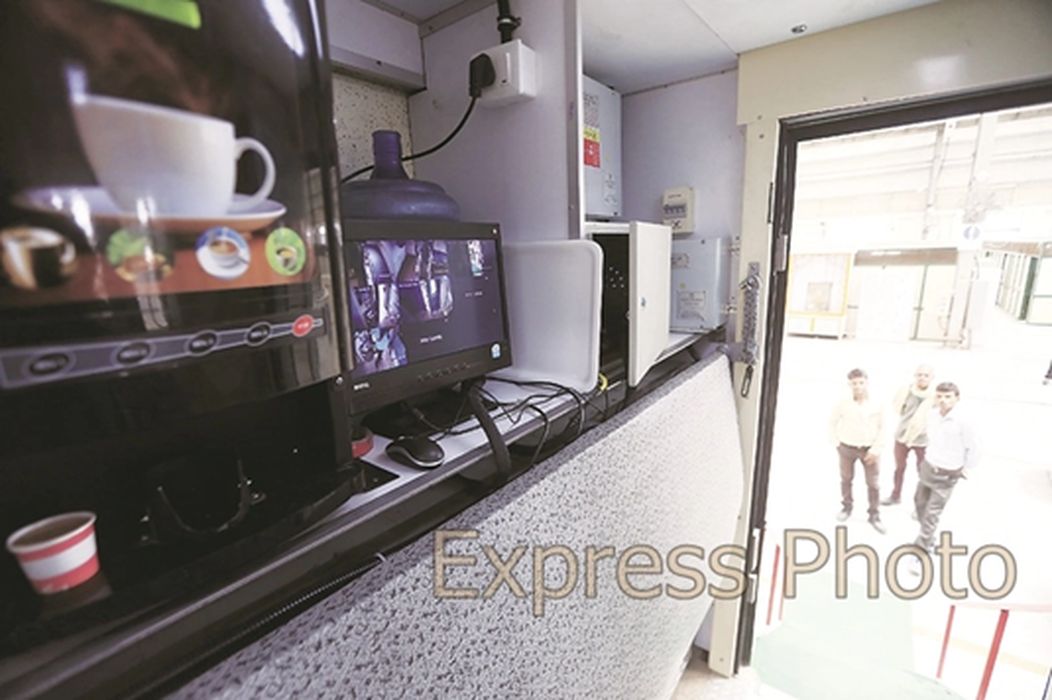
Charles R. Goulding and Preeti Sulibhavi review recent developments in usage of 3D printing by Indian railways.
In January of 2023, Siemens Mobility announced a massive Indian rail contract. This follows Siemens’ securing an 8-billion-dollar contract in Egypt to build a high-speed rail contract to link 60 cities in that region.
Most Westerners are not familiar with the expansive scale of the Indian rail system. The system has 61,662 miles of running track and employed 1.254 million people as of March 2020. Concurrently with the Indian contract, Siemens Mobility has announced a major expansion of its digital 3D printing supply system in India, supporting the country’s machine tool industry.
In addition, the Indian rail system is deep-rooted in the fabric of society. It has often been the centerpiece in famous Bollywood films and has been the backdrop of many popular songs throughout the decades (as depicted below).

Siemens’ large investments are timely and reflect a strategy to capitalize on the Indian economy’s fast growth trajectory.
The Siemens 3D printing suite includes hardware, software and a comprehensive digital design to final products solutions.
3D Printing and Railway Systems

We have written various articles about 3D printing and how it complements rail systems. From the Ukrainian railway to the US Railway Labor Deal, 3D printing has been playing a part in the railway industry for some time now.
Whether it is disruptions in replacement part supply chains, digital inventory solutions, issues related to equipment and parts repair or simply even finding higher quality components at lower cost, 3D printing appears to the be the answer to all of the above.
Especially with the newer high-speed trains, 3D printing can be the most effective go-to solution in almost any instance. As a part of the contract, Siemens will deliver 1,200 electric locomotives and provide servicing for 35 years under the agreement, also its biggest ever in India.

The Siemens-designed, 9,000-horsepower trains with a top speed of 120 km (75 miles)/ hr will be assembled in India over the next 11 years, with deliveries starting in 24 months.
“These new locomotives … can replace between 500,000 to 800,000 trucks over their lifecycle,” said Siemens Mobility CEO Michael Peter. This can have an indirect but positive environmental impact on the environment as many trucks run on diesel fuel, which generally emits hazardous pollutants.
The assembly will be done at the Indian Railways factory in Dahod, Gujarat. India entered into this agreement because it is looking for more reliable and high-speed trains to run throughout the country. Luxury is also becoming more appealing, and many traveling across India are willing to pay the upgrade price.
Pictured above is a picture of an Indian express train that features a small pantry unit with everything from a coffee/tea vending machine to a heating chamber and refrigeration unit.
Many of the appliances in the pantry can be fabricated or at least repaired with the help of 3D printers.
The Research & Development Tax Credit
The now permanent Research and Development (R&D) Tax Credit is available for companies developing new or improved products, processes and/or software.
3D printing can help boost a company’s R&D Tax Credits. Wages for technical employees creating, testing and revising 3D printed prototypes can be included as a percentage of eligible time spent for the R&D Tax Credit. Similarly, when used as a method of improving a process, time spent integrating 3D printing hardware and software counts as an eligible activity. Lastly, when used for modeling and preproduction, the costs of filaments consumed during the development process may also be recovered.
Whether it is used for creating and testing prototypes or for final production, 3D printing is a great indicator that R&D Credit eligible activities are taking place. Companies implementing this technology at any point should consider taking advantage of R&D Tax Credits.
Conclusion
Siemens has an investment strategy with this Indian rail contract. But with its longstanding 3D printing expertise, and India’s demand for high-tech, high-quality rail cars and infrastructure, this could be an opportunity for the 3D printing industry to expand with India’s economy. This contract has arrived right on time.
